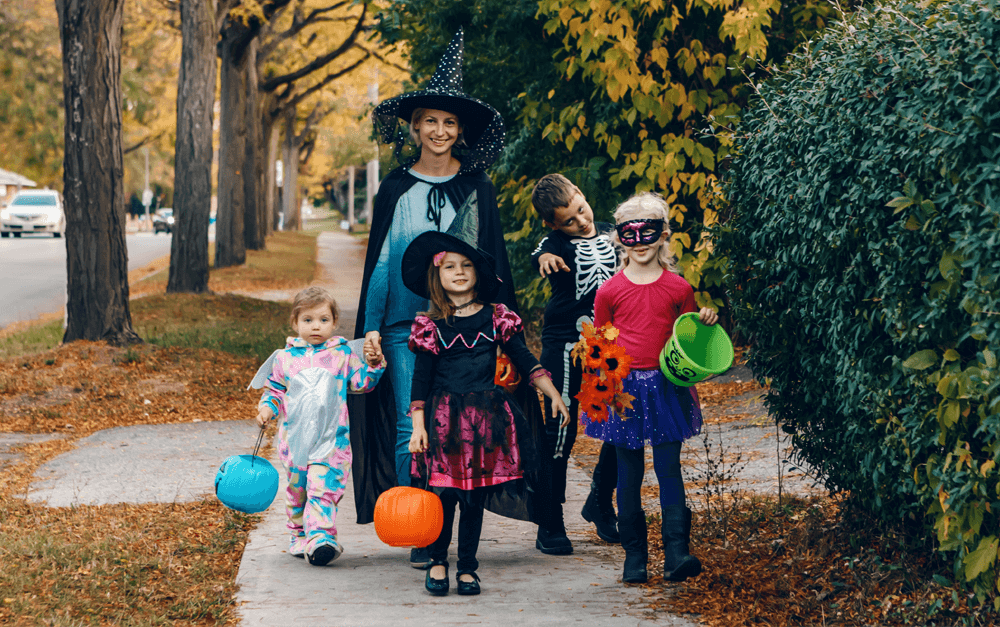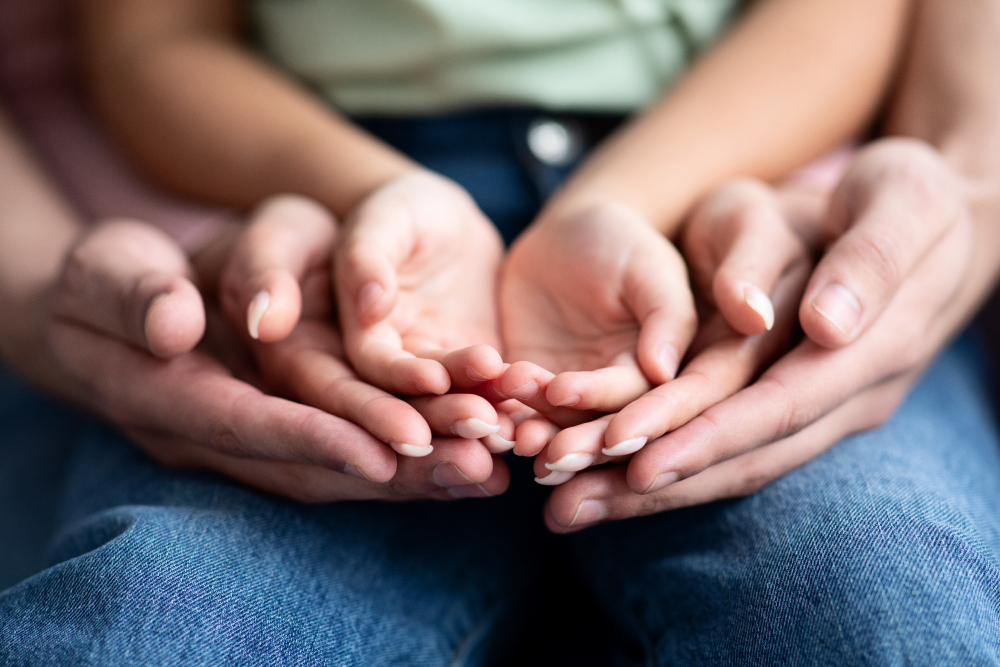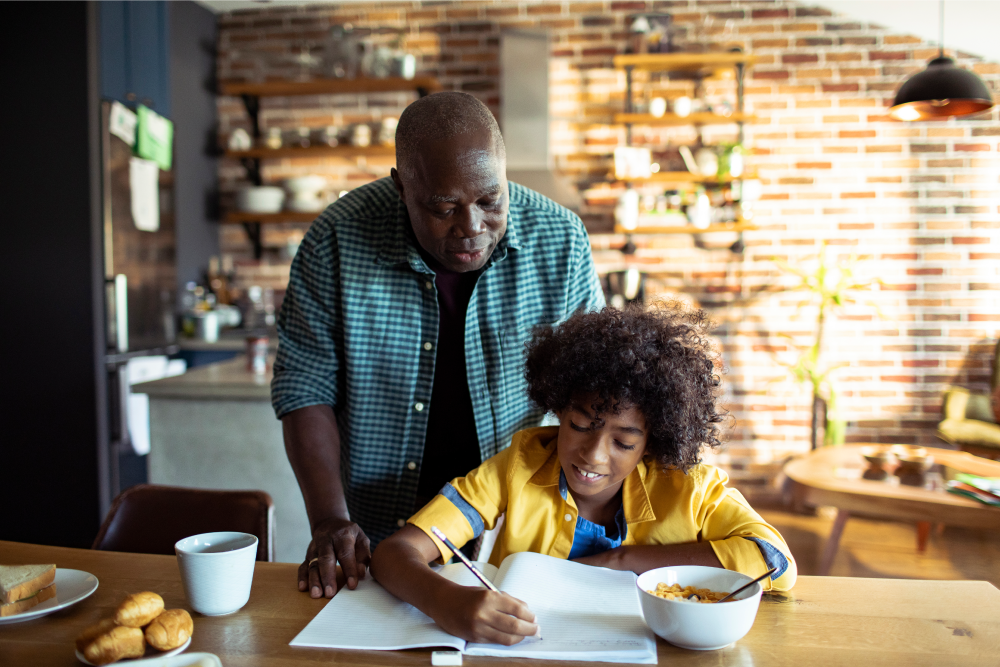It’s the scary season. Haunted houses and spooky events are everywhere. People pay money to be frightened. If you are one of those people, you enter a creepy house knowing that you are going to scream, jump, and be scared out of your wits. Even though you know some sort of creature is going to jump out in front of you, the exact appearance, location, and timing of the creepy being are unknown. The result is that you yell in terror and your heart races when you see it. You are purposefully walking into a location that you know – in your head – is going to scare you, and yet your body still responds in fear.
Children who are in foster or adoptive families are there because something went wrong, and they previously experienced abuse, neglect or trauma. Children with hard histories are in new environments that can be startling, scary, and unsettling, even when they are safe. The new people can feel creepy, and the new house can feel haunted. As a result, kids often walk around on high alert, ready to defend themselves against the next scary encounter. Meanwhile, the adults caring for wounded children do not perceive their home as haunted at all. They know the children are in a safe place. The challenging behaviors of children who have been harmed can be baffling to the adults in their lives.
To bridge this gap in understanding, it is essential for foster, adoptive, and relative parents to understand the difference between safety and felt safety. The physical well-being of a child is of utmost importance. That seems to go without saying. But from a child’s perspective, felt safety is just as important. Until a child feels safe, they will not behave like someone who is in a safe and secure place. Instead, they will be on high alert, ready to defend themselves at any moment against the frightening things they may or may not encounter.
This is not a conscious choice that a foster or adopted child makes. Rather, it is a protective strategy that draws from three possible responses to fear: fight, flight, or freeze. Children with hard histories walk around in a chronic state of fear. As Dr. Karyn Purvis said, “Chronic fear is like a schoolyard bully that scares a child into behaving poorly. Caregivers and parents might easily confuse fear-based outbursts with willful disobedience, but they are not the same thing at all.”
So, what are caregivers of children living in a state of fear to do? Is there any hope for change? Absolutely!
The brain – at any age – is plastic. This means kids can heal from past wounds and learn new ways of relating and responding. Felt safety is one of the first steps on the road to healing. To establish felt safety for at-risk children, caregivers should:
1. Be a detective.
Gather as much information about a child’s history as possible to determine what could send a child into the fear response state. For example, if a child has a history of abuse behind locked doors at night, caregivers should be aware of leaving doors open at bedtime. Often, caregivers are given little to no information about a child’s history. If this is the case, parents can track patterns of behavior. When challenging behaviors are linked to a specific situation, parents can connect how past experiences may be causing a negative reaction.
2. Lower expectations.
Children from hard places will have a lower tolerance for stress, anxiety, and unknown circumstances. They should not be compared to other children their age who have not experienced trauma. Foster, adoptive, and relative caregivers should give ample warning before transitioning from one activity to the next. Children from trauma might need more help getting ready for the day, with homework, going to bed, and with schedules for the next day. Keeping expectations low will help establish felt safety.
3. Food, water, and exercise.
We can’t stress enough the importance of exercise, protein-rich foods, and hydration for kids who have experienced trauma. Find ways to incorporate physical movement together throughout the day. A walk or throwing the ball together is a fantastic way to transition from getting off the bus to homework time. Snacks every two hours and an unlimited supply of water will help children with trauma histories achieve optimal brain functioning.
Imagine living in a state of haunted-house-like fear – all the time. That’s what many of our children feel when they are living in new families. This concept can be confusing to caregivers. What’s even more confusing is what to do about it.













